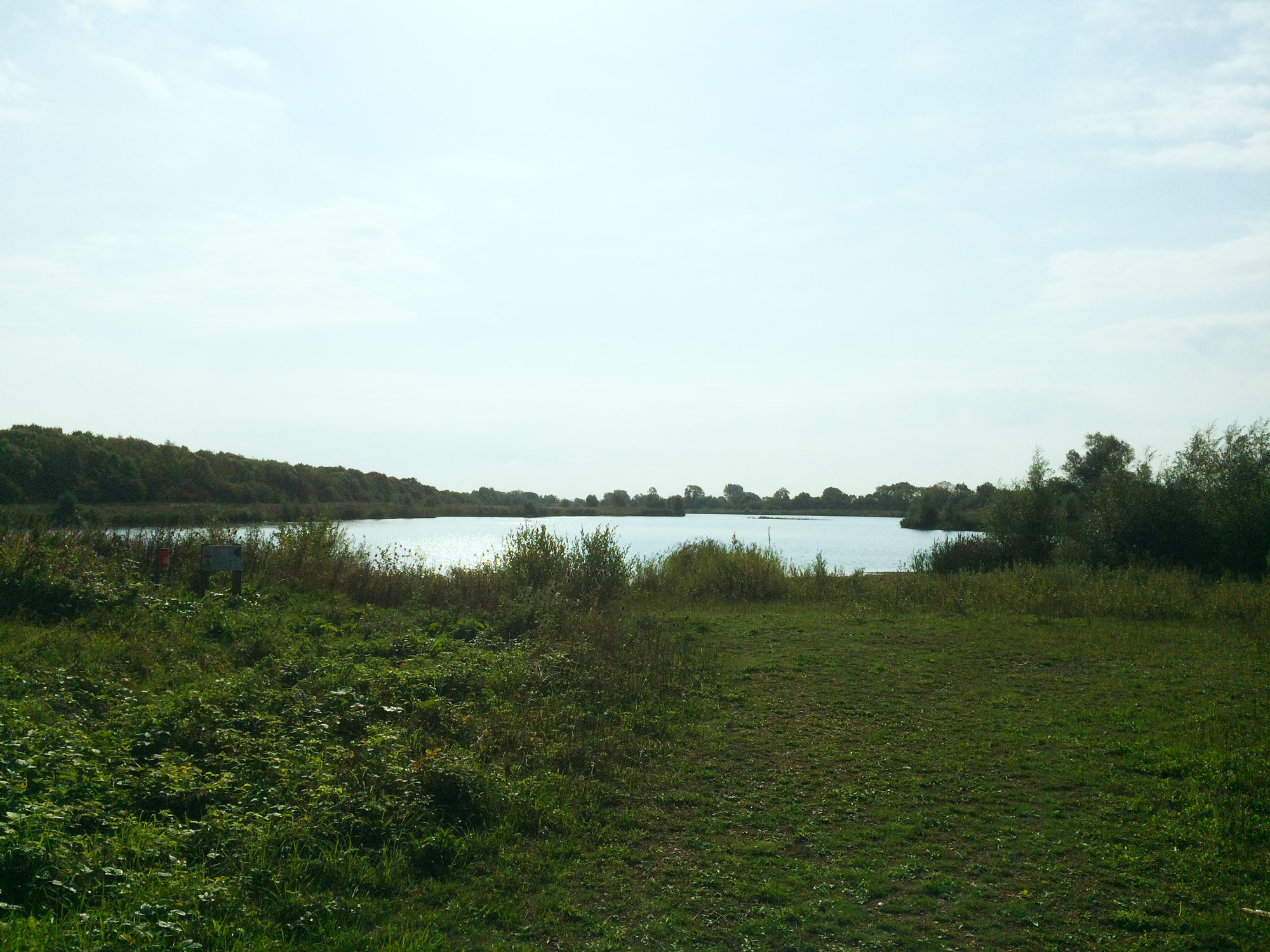
Sustainable Quarrying
31/08/2018
Quarrying has a lot of perceived negative impacts to the environment but these are all short term and can be minimised; the long term after use of quarries can be extremely beneficial and a positive change to the initial land use before quarrying began.
Some of the negative environmental impacts quarries are linked with is the visual pollution, loss of wildlife habitats and pollution from noise and dust. These can be reduced during the process of quarrying and completely irradiated after. Reducing the visual pollution during the process is as simple as landscaping and planting trees in a design led process, once the quarry is exhausted, and during the quarrying in some areas, this planting will certainly become natural habitats for wildlife. The impact of the noise and dust pollution will also be minimised by the landscaping and planting.
The Cotswold Water Park is a great case study for how the after use of these quarries has been beneficial to the community and long term sustainability of the environment in that area. Gravel was extracted from the quarries and once exhausted turned into large lakes where fishing, sailing and other water activates can take place. The gravel is still being extracted in certain areas whilst depleted quarries are being turned into habitats for wildlife and new communities for people. Desirable housing around the new formed lakes are also created.
The symbiotic process of quarrying and after use of the quarry benefits the environment in a positive manner as long as the process is managed correctly and thoughtfully.
Back to News